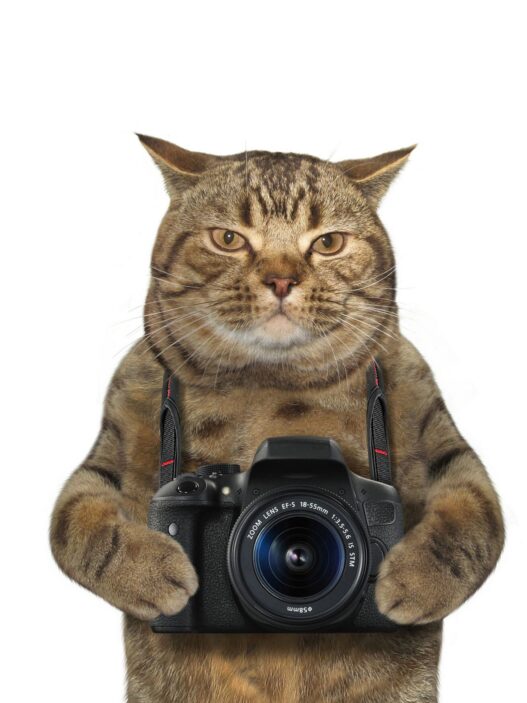October 8, 2022–January 15, 2023
The exhibition Double Act combines two collections: highlights from the Centraal Museum’s own collection of paintings from the 17th century on the one hand, and enormous video projects from the Kramlich family’s internationally renowned American art collection on the other. Contemporary greats like Bill Viola, Marina Abramović, Richard Mosse, Bruce Nauman and Steve McQueen rub shoulders with works by old masters such as Hendrick Golzius, Roeland Saverij, Paulus and Johannes Moreelse, and the Utrecht Caravaggisti painters Dirck van Baburen, Hendrick ter Brugghen and Gerard van Honthorst. Both in terms of subject matter and tone, the pieces reflect one another and exhibit striking similarities. The similarities between paintings and installations are sometimes more visible than others, and occasionally they are more intuitive. This significant exhibition of the Kramlich collection takes place for the first time outside of the US.
The commonalities are highlighted by combining two seemingly dissimilar collections. The dramatic effects of light and dark, as well as the emphatic delineation of the picture, are present in both 17th-century paintings and video art when we look beyond the medium of paint or video. The painful nature of the artwork on show is what unites them most. Using the methods and tools available at the time, they individually represent emotions. In Double Act, the visual and performing arts come together to serve as mirrors for the soul, reflecting human moods and emotions. Additionally, the pieces on show deal with ongoing modern concerns including emancipation, colonialism, imperialism, and war. Double Act pays homage to the creative power.
Immersive experience
The effect on the visitor’s experience is enhanced by the pairing of the traditional, static medium of painting with the dynamic video installations. A good illustration is Marina Abramović‘s 1975 piece Art must be beautiful, Artist must be beautiful, in which the artist repeatedly repeats the phrase in the title while brushing her hair until it obviously hurts. A 17th-century painting by Van Honthorst and a painting by Van Bronckhorst of a voluptuous woman looking impish are projected beside this film. Abramović is specifically against this kind of male gaze, giving new meaning to the adage “Art must be beautiful, Artist must be beautiful.” Both pieces deal with seeing and being looked at, and they unexpectedly complement one another.
The Enclave (2013), a huge video work by Richard Mosse, is shown beside Mars sleeping, a painting by Hendrik ter Brugghen. Six projections make up the installation, which depicts the agonizingly current realities of a conflict that rages on forever as well as the constant threat it poses. The exquisiteness of the photos heightens the poignancy of Mosse’s work. The frequently waiting soldiers appear to live in a lovely pink world using a 16mm infrared camera. Off-camera action always seems to be where the “true action” is. Mars Asleep was created during a period of peace in the Eighty Years’ War with the Spanish and shows the god of war as a sleeping soldier.
Leading contemporary artists like Bruce Nauman (Raw Material—Ok, Ok, Ok, 1990), Bill Viola (The Crossing, 1996), and Steve McQueen have pieces on display (Just above my head, 1996 and Lynching Tree, 2013). Expecting (2001–2004), an installation by Pipilotti Rist, and two Hendrick ter Brugghen paintings from the Rijksmuseum collection are among the best works in Centraal Museum’s own collection.
The Kramlich collection
The Kramlich collection, one of the best and largest private collections of media art in the world, contains more than 150 film, video, and media installations from the 1960s to the present. The collection, which includes works by artists from North America, Europe, and Asia, is primarily motivated by an interest in works that reflect on contemporary aesthetical, ethical, and societal themes.
Art collectors Richard and Pamela Kramlich are closely involved with the collections of, among others, the MOMA in New York and San Francisco and Tate in London. Over the past twenty years, they have also supported research into the most effective methods of preserving, displaying and storing multimedia art, particularly through the Matters in Media Art project. This is the first time for the Kramlich collection to be exhibited outside the United States on this scale.
Double Act runs from October 8, 2022 to January 15, 2023 in Centraal Museum Utrecht.
Centraal Museum
Agnietenstraat 1
3512 XA Utrecht
The Netherlands










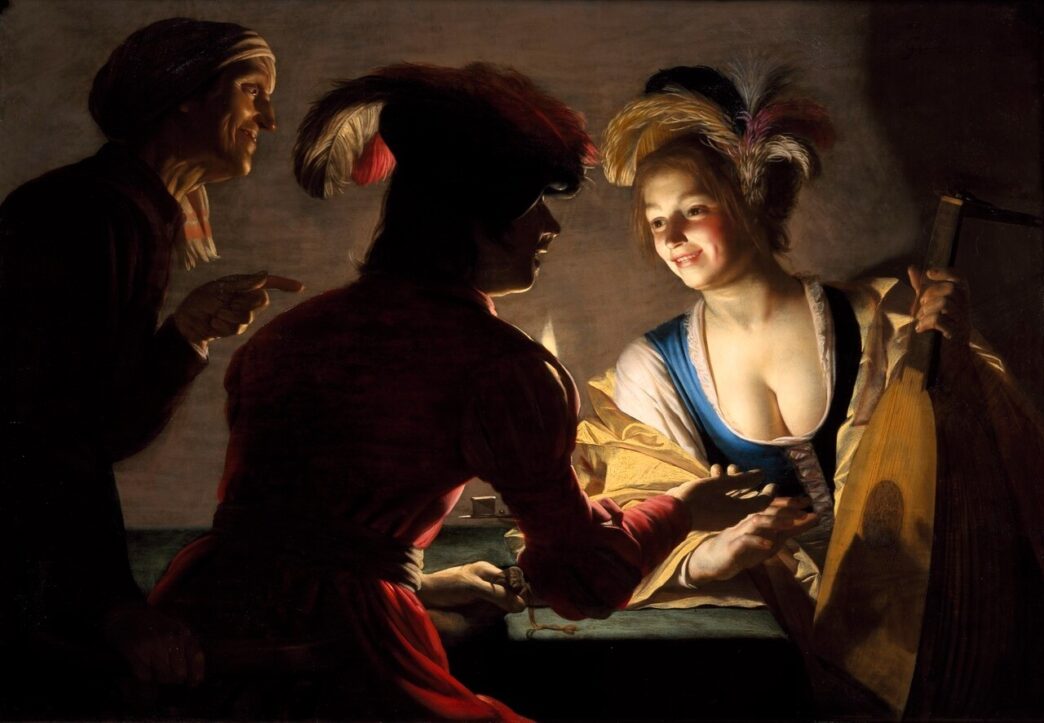


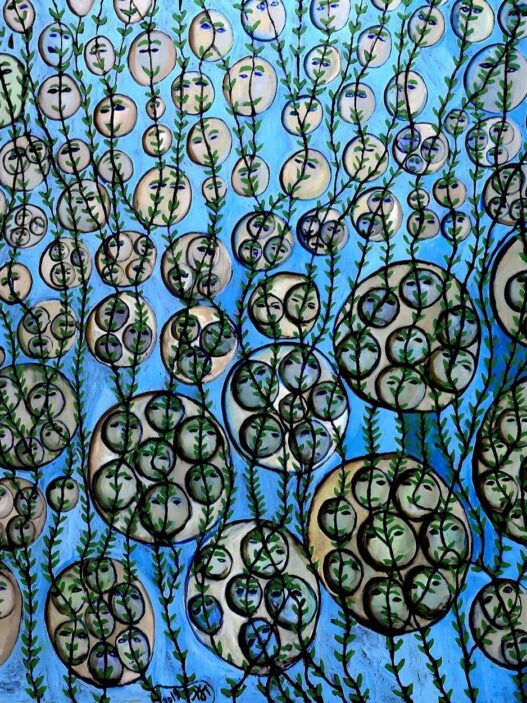
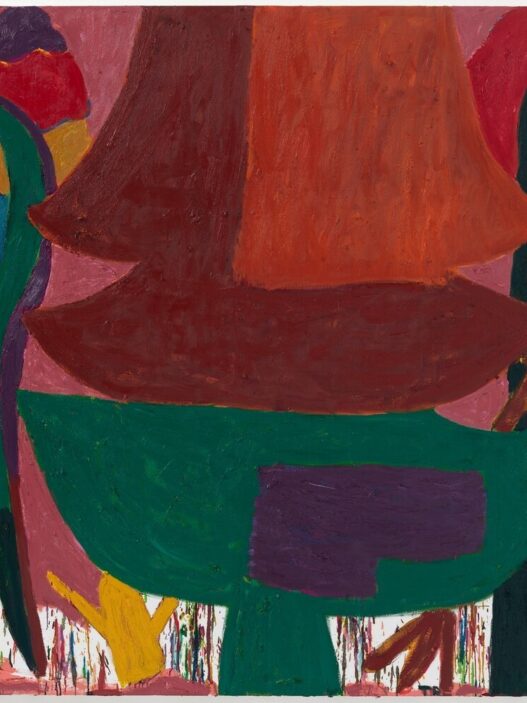
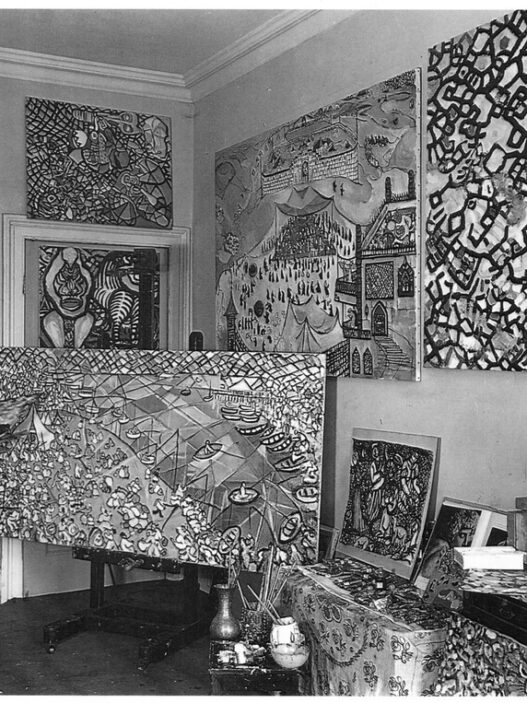

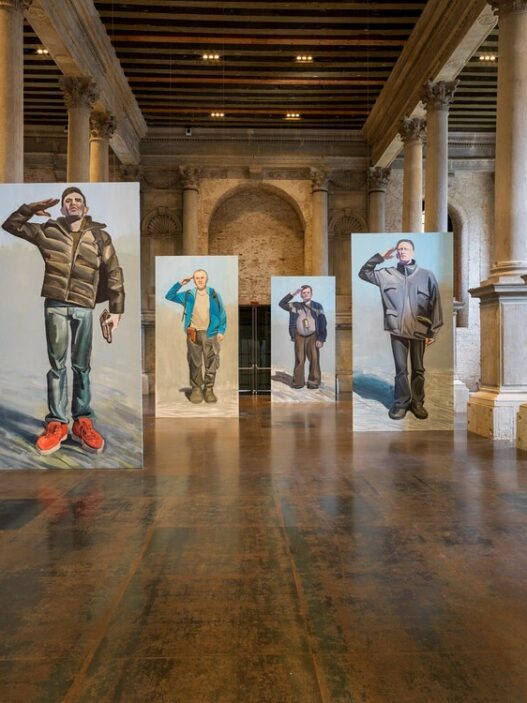

![View of Dineo Seshee Bopape: Born in the first light of the morning [moswara’marapo], Pirelli HangarBicocca, Milan, 2022. Courtesy of the artist and Pirelli HangarBicocca, Milan. Photo: Agostino Osio.](https://dailyart.news/wp-content/uploads/2022/10/dineo_seshee_bopape-527x703.jpeg)
